Renzo Piano’s GES-2 V-A-C House of Culture opens in Moscow
The V-A-C Foundation celebrates its new design by Renzo Piano – the GES-2 House of Culture in Moscow, set in a former power station

V-A-C Foundation’s GES-2 House of Culture opened on 3 December 2021 in Moscow, adjacent to the Kremlin. Designed by Renzo Piano and over a decade in the making, the reworked former power station – known as GES-2 – is free of charge and includes space for workshops, performance and exhibitions. It opens with the season ‘Santa Barbara: How Not to be Colonised’, which includes a site-specific performance work and exhibition from Icelandic artist Ragnar Kjartansson and a group show, ‘When Gondola Engines Were Taken to Bits: A Carnival in Four Acts’, alongside a programme of workshops and performances.
‘It is conceptual, philosophical… To make a place that is accessible to everybody,’ says Piano. ‘It’s fundamentally this concept philosophically that is the House of Culture. Moscow badly needs this sort of place.’
An addition to the foundation’s Venice space, the 41,000 sq m building on the bank of the Moscow River is the brainchild of V-A-C founders Teresa Iarocci Mavica and Leonid Mikhelson, who is also its billionaire backer. Based on the idea of a Soviet House of Culture, GES-2 aims to provide space for cultural production and for people to gather and exchange ideas. Costs remain undisclosed but are rumoured to far exceed £300 million.
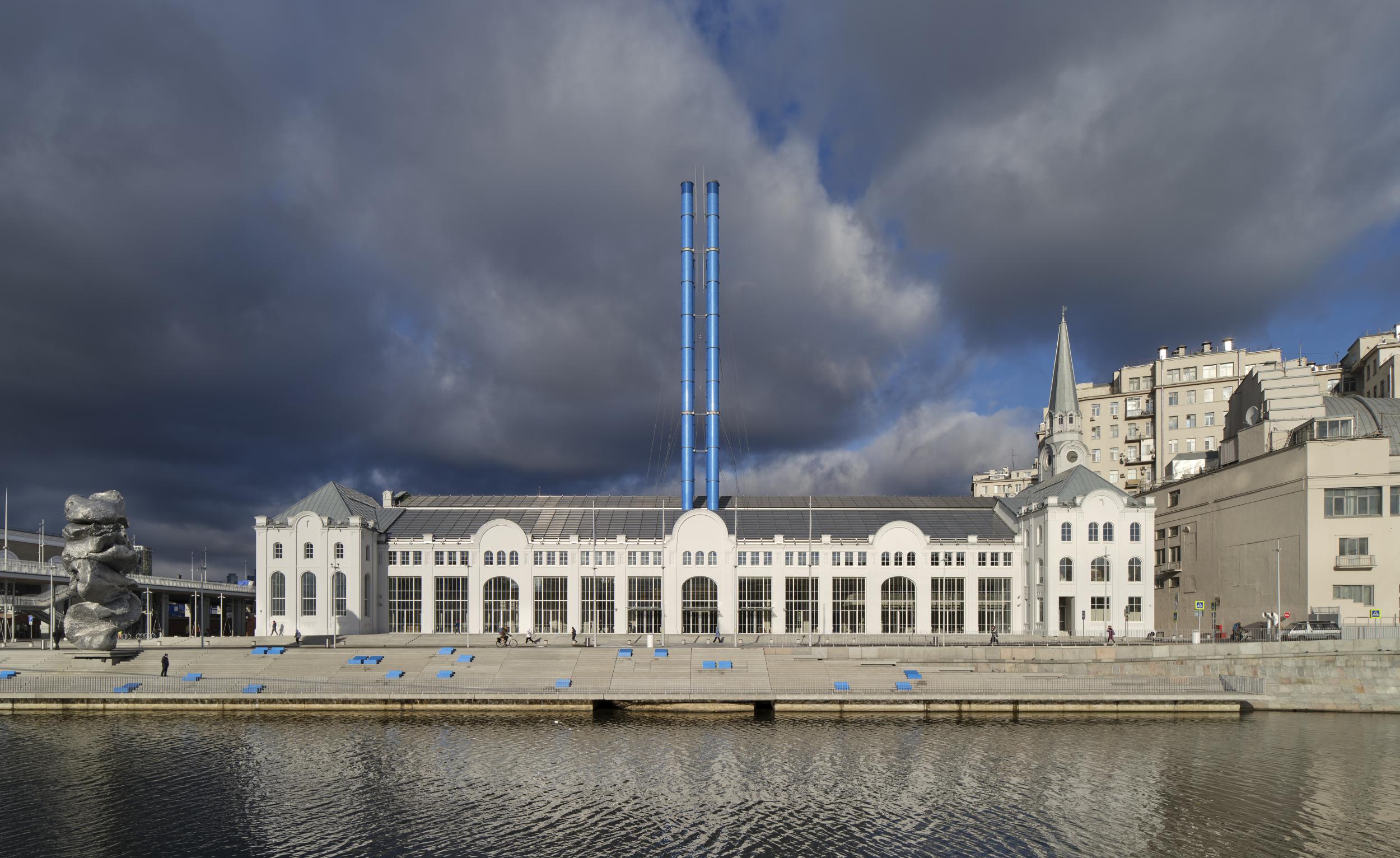
The building houses communal space, a cinema and an adaptable performance area that is able to cater to many uses. Piano kept the integrity of the building, replacing only the roof with glass, flooding the knave with natural light. The structure was also lifted to add ceiling height to the spacious subterranean exhibition area, which opens out into a double-height space that spans up to the roof. By using small cells on the roof to disperse the light, he created a kind of diffused, dappled effect.
‘Light is essential, but it’s not the only thing. There is also transparency, the sense of openness and accessibility, and to do this in Moscow is especially important,’ says Piano. The original chimneys have been replaced with 70m-high pipes that bring in clean air in an ecologically conscious air-conditioning system, by drawing in fresh air from above Moscow’s pollution.
The space is entirely white and grey, echoing the wintery Muscovite palette outside – save for the Matisse blue of the pipes and the original green of the cherry picker, a hangover from the building’s previous life, left in situ in the entrance hall. These elements combine to create an open and welcoming building, a place that aims to bring together the people who use it – whether to sit, think, enjoy the art and entertainment on view or contribute to it. ‘When you’re experiencing culture with a small “c”, where you meet people, you know you’ve built something really beautiful, a sense of community and conviviality,’ Piano concludes.
INFORMATION
Wallpaper* Newsletter
Receive our daily digest of inspiration, escapism and design stories from around the world direct to your inbox.
Amah-Rose Abrams is a British writer, editor and broadcaster covering arts and culture based in London. In her decade plus career she has covered and broken arts stories all over the world and has interviewed artists including Marina Abramovic, Nan Goldin, Ai Weiwei, Lubaina Himid and Herzog & de Meuron. She has also worked in content strategy and production.
-
 Titanium watches are strong, light and enduring: here are some of the best
Titanium watches are strong, light and enduring: here are some of the bestBrands including Bremont, Christopher Ward and Grand Seiko are exploring the possibilities of titanium watches
By Chris Hall
-
 Warp Records announces its first event in over a decade at the Barbican
Warp Records announces its first event in over a decade at the Barbican‘A Warp Happening,' landing 14 June, is guaranteed to be an epic day out
By Tianna Williams
-
 Cure your ‘beauty burnout’ with Kindred Black’s artisanal glassware
Cure your ‘beauty burnout’ with Kindred Black’s artisanal glasswareDoes a cure for ‘beauty burnout’ lie in bespoke design? The founders of Kindred Black think so. Here, they talk Wallpaper* through the brand’s latest made-to-order venture
By India Birgitta Jarvis
-
 The Yale Center for British Art, Louis Kahn’s final project, glows anew after a two-year closure
The Yale Center for British Art, Louis Kahn’s final project, glows anew after a two-year closureAfter years of restoration, a modernist jewel and a treasure trove of British artwork can be seen in a whole new light
By Anna Fixsen
-
 You’ll soon be able to get a sneak peek inside Peter Zumthor’s LACMA expansion
You’ll soon be able to get a sneak peek inside Peter Zumthor’s LACMA expansionBut you’ll still have to wait another year for the grand opening
By Anna Fixsen
-
 NYC's The New Museum announces an OMA-designed extension
NYC's The New Museum announces an OMA-designed extensionOMA partners including Rem Koolhas and Shohei Shigematsu are designing a new building for Manhattan's only dedicated contemporary art museum
By Anna Solomon
-
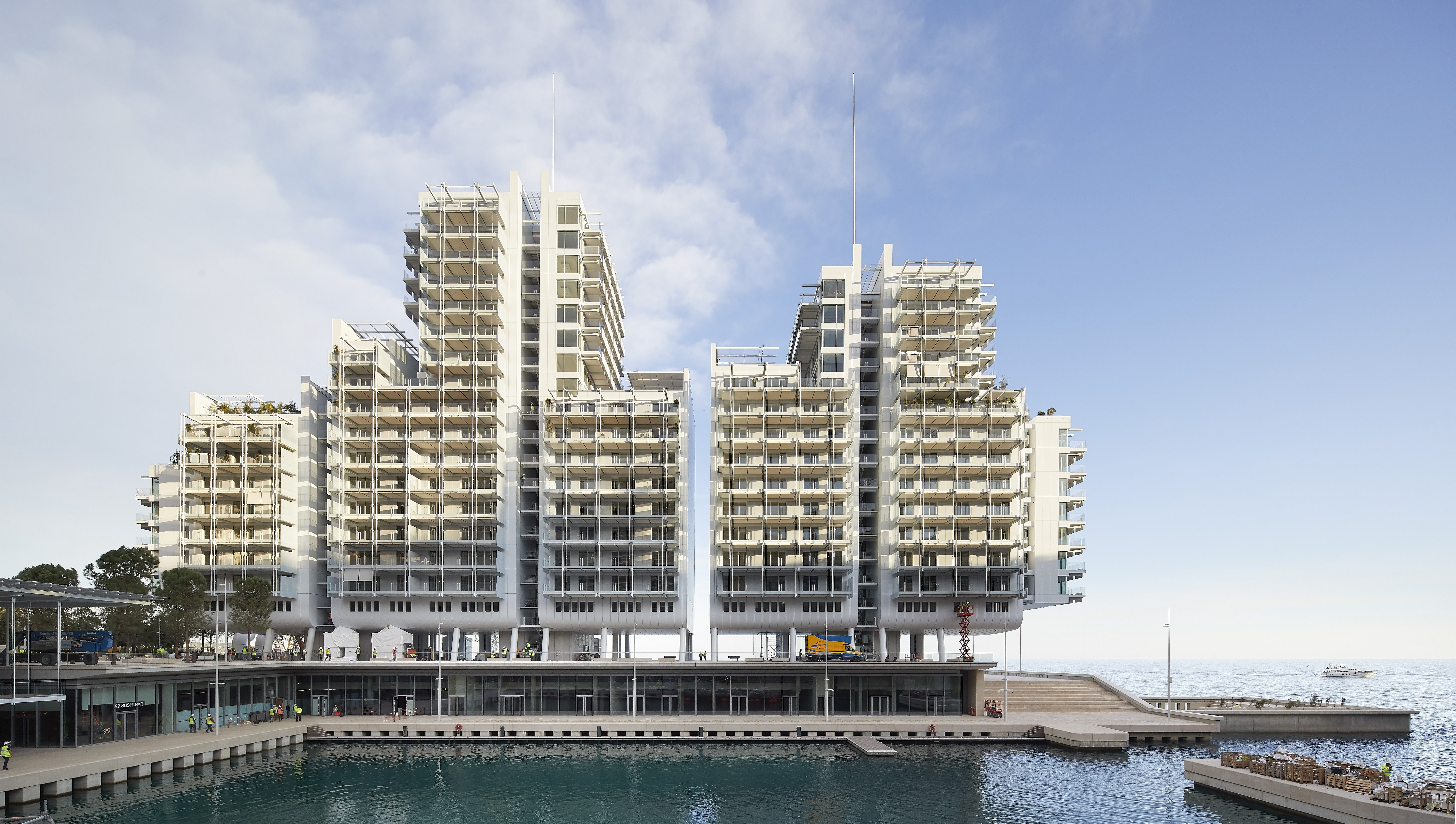 We tour Monaco’s Mareterra neighbourhood: where minimalist architecture and marine research meet
We tour Monaco’s Mareterra neighbourhood: where minimalist architecture and marine research meetMareterra, a contemporary enclave with designs by Renzo Piano offers homes, a new coastal promenade, a dynamic Alexander Calder sculpture and an atmospheric social hub extending the breezy, minimalist spirit of Larvotto Beach
By Harriet Thorpe
-
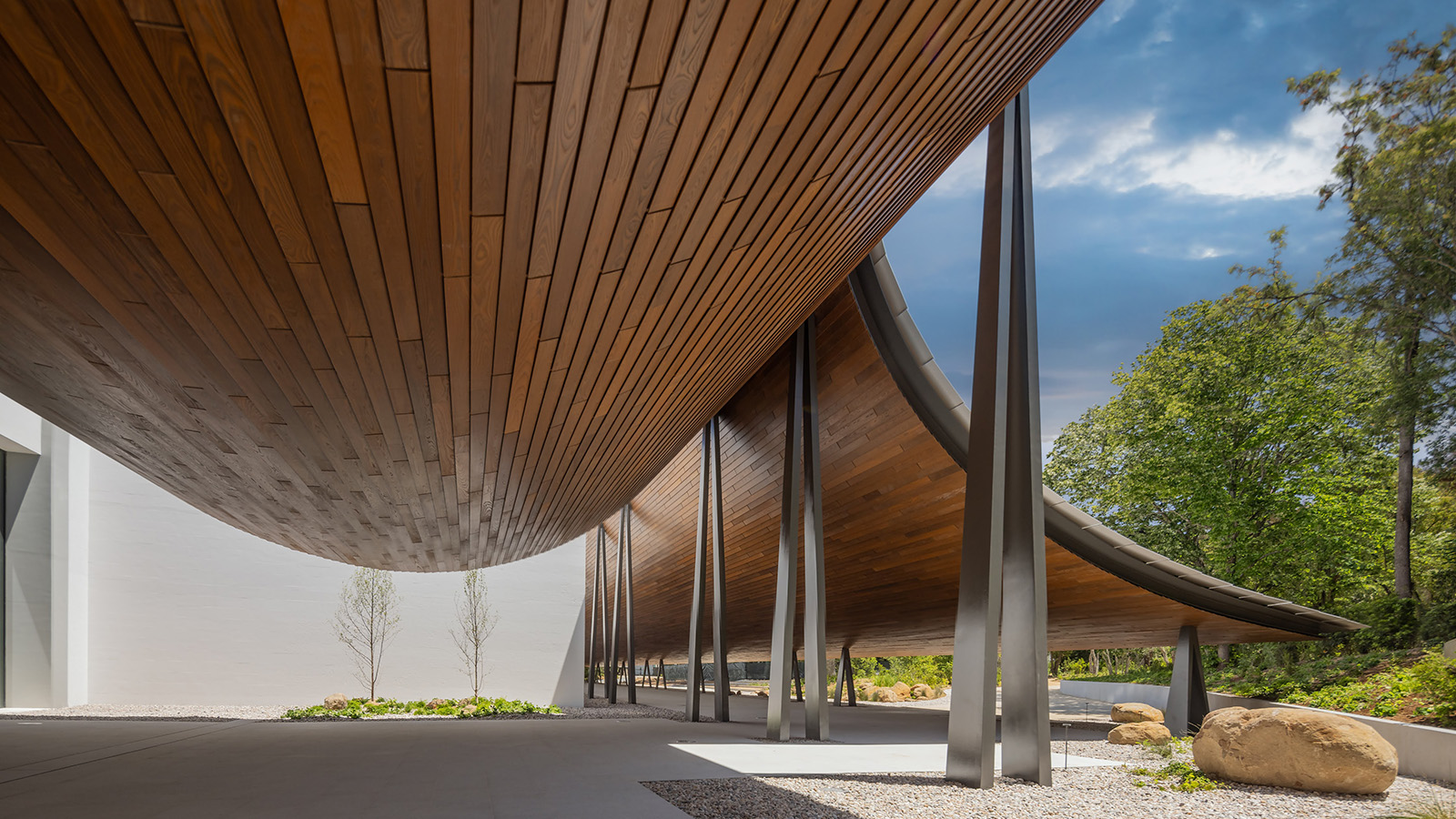 Gulbenkian Foundation's new art centre by Kengo Kuma is light and inviting
Gulbenkian Foundation's new art centre by Kengo Kuma is light and invitingLisbon's Gulbenkian Foundation reveals its redesign and new contemporary art museum, Centro de Arte Moderna (CAM), by Kengo Kuma with landscape architects VDLA
By Amah-Rose Mcknight Abrams
-
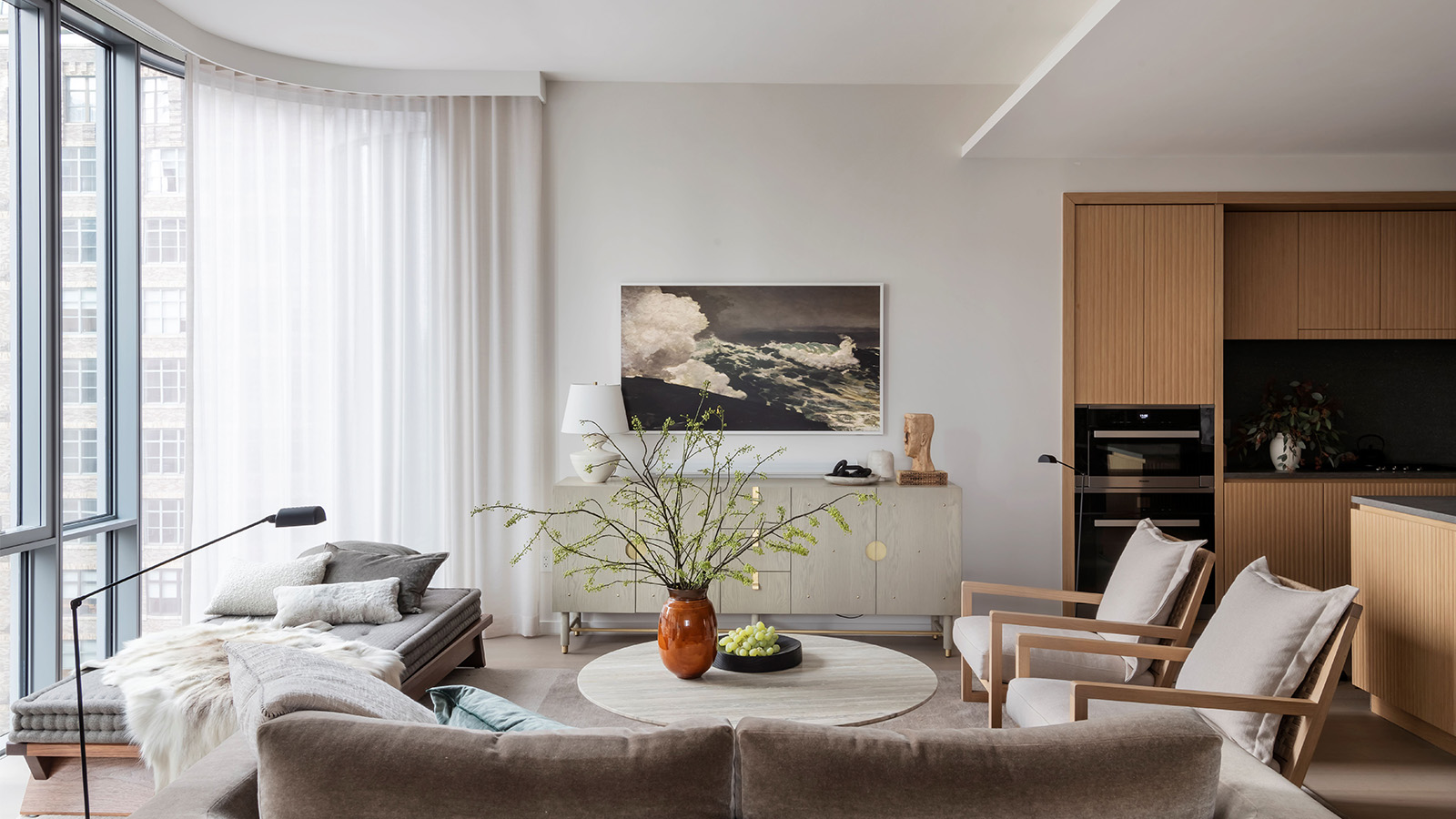 Designer Holly Waterfield creates luxurious pied-à-terre in Renzo Piano Manhattan high-rise
Designer Holly Waterfield creates luxurious pied-à-terre in Renzo Piano Manhattan high-riseA private residence by Holly Waterfield Interior Design in Renzo Piano's skyscraper 565 Broome Soho blends a sense of calm and cosiness with stunning city views
By Léa Teuscher
-
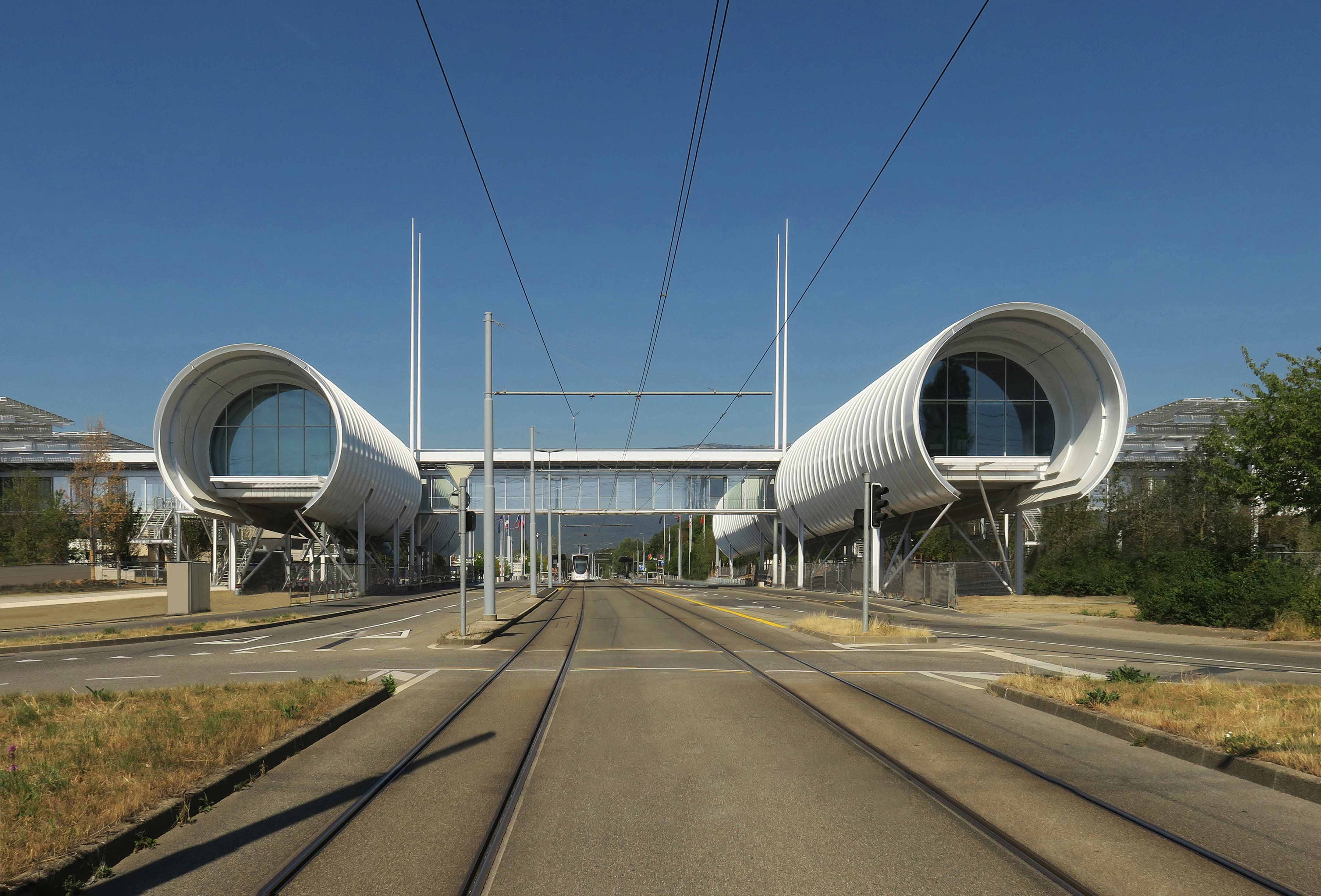 CERN Science Gateway: behind the scenes at Renzo Piano’s campus in Geneva
CERN Science Gateway: behind the scenes at Renzo Piano’s campus in GenevaCERN Science Gateway by Renzo Piano Building Workshop announces opening date in Switzerland, heralding a new era for groundbreaking innovation
By Ellie Stathaki
-
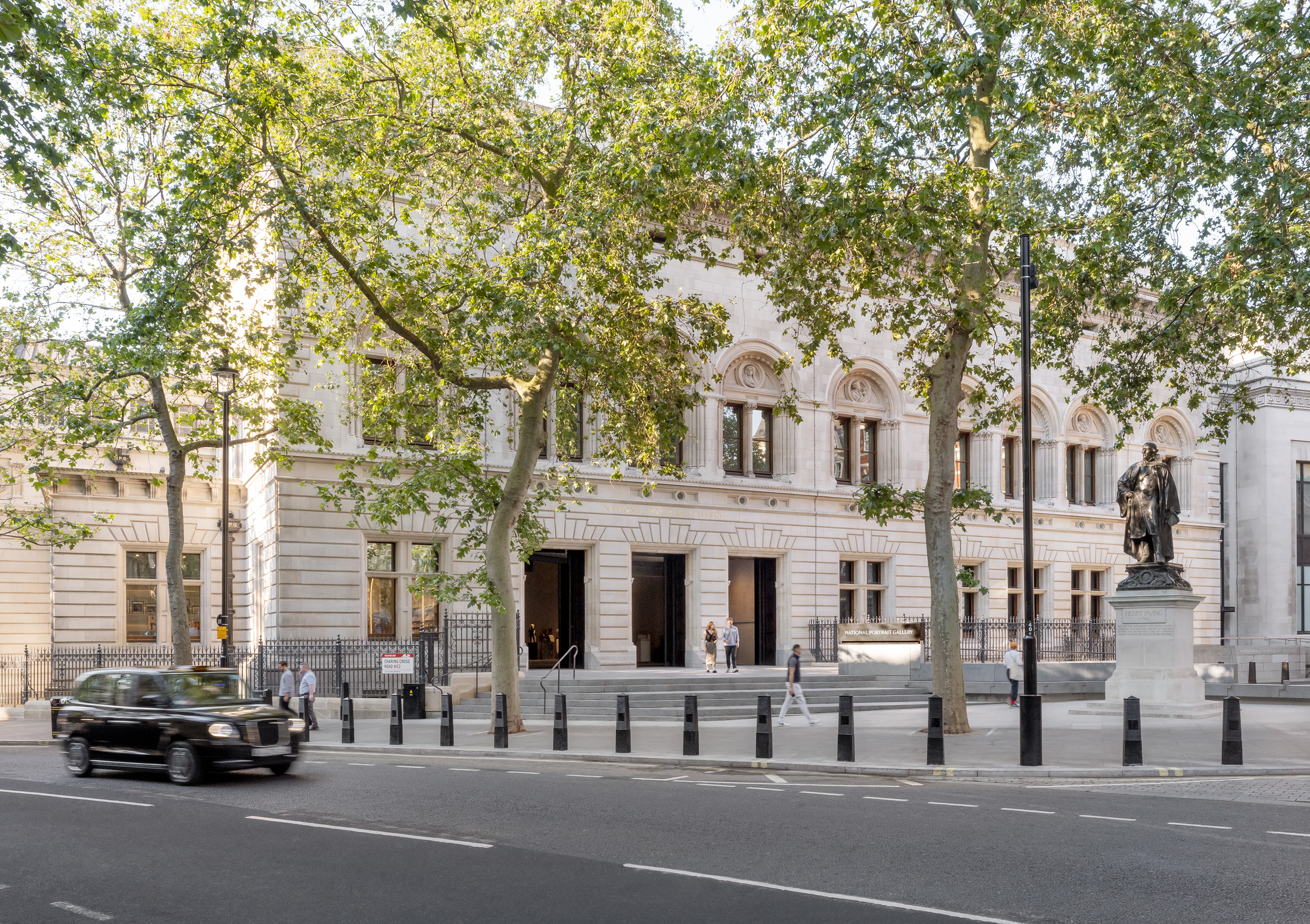 National Portrait Gallery reopens its refreshed home
National Portrait Gallery reopens its refreshed homeLondon’s National Portrait Gallery reopens with a design by leading architect Jamie Fobert and conservation specialist Purcell
By Ellie Stathaki